(Prices correct as of today’s date, are updated daily, are subject to change and represent genuine availability at time of update).
Cruise only holidays are financially protected by ABTA. Fly cruise holidays are financially protected by Marella Cruises under ATOL number
Please click here to check the essential travel requirements before booking this cruise.
Want to add a hotel stay or change your flights?
Just call our team of cruise specialists to help build your dream cruise holiday today!
Prices based on 2 people sharing. Cruise only price does not include flights. Fly-cruise price may vary by chosen UK airport.
Itinerary
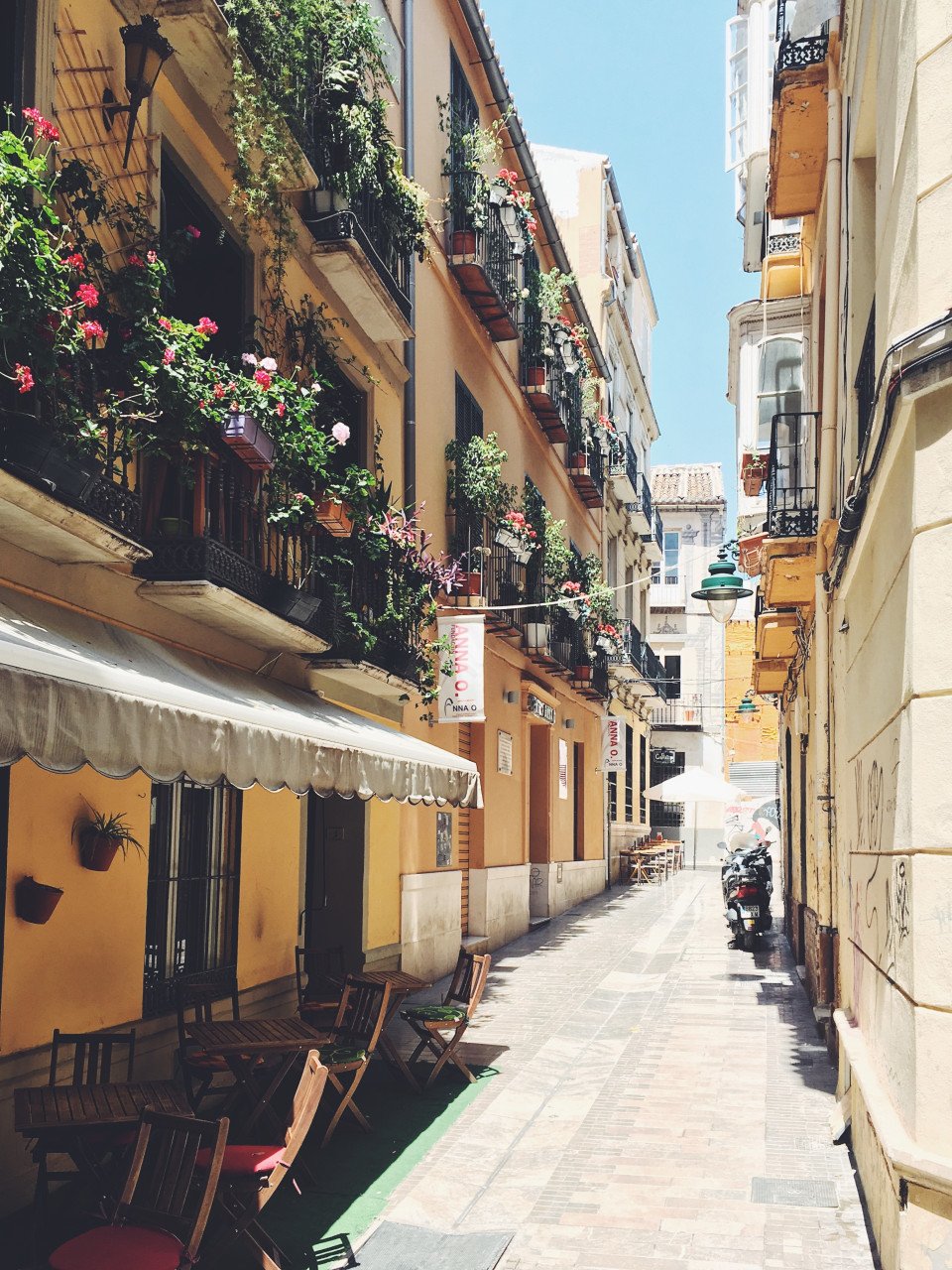
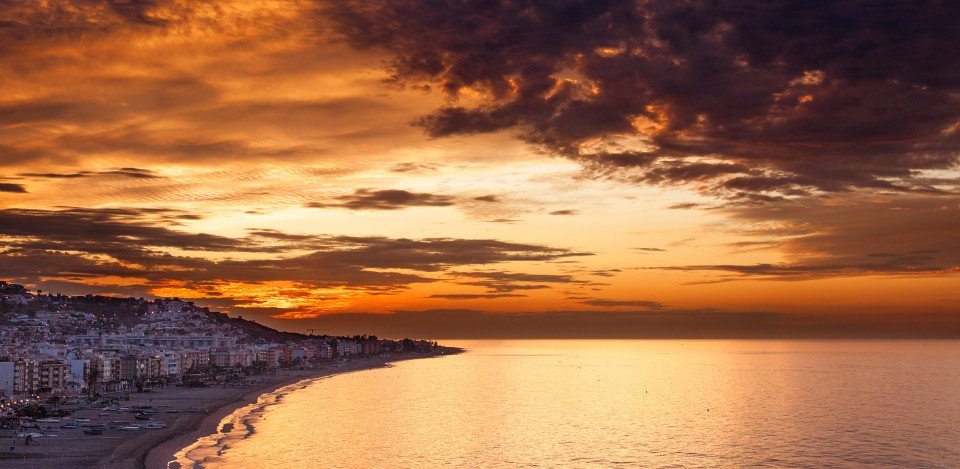
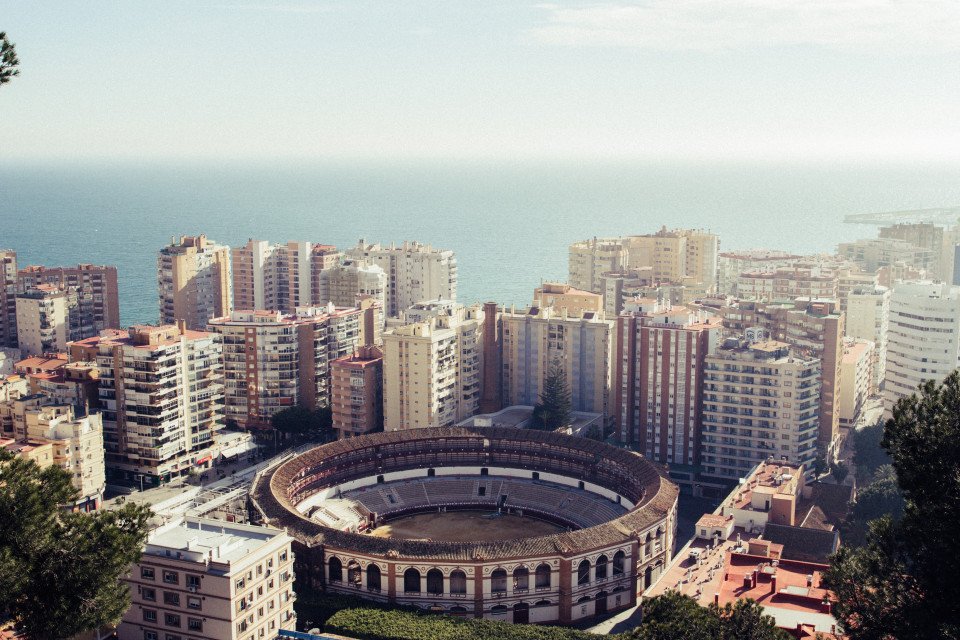
Málaga
As you sail into Malaga you will notice what an idyllic setting the city enjoys on the famous Costa del Sol. To the east of this provincial capital, the coast along the region of La Axarqua is scattered with villages, farmland and sleepy fishing hamlets - the epitome of traditional rural S... Read More
Málaga
Gibraltar
At Sea
At Sea
At Sea
At Sea
At Sea
At Sea
At Sea
Saint John's
Basseterre, Saint Kitts
Philipsburg
Road Town, Tortola
Samaná
La Romana
Explore Marella Discovery
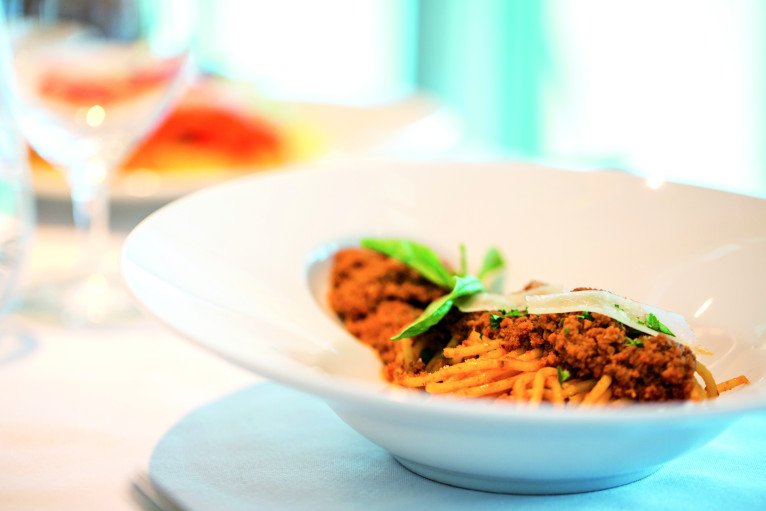




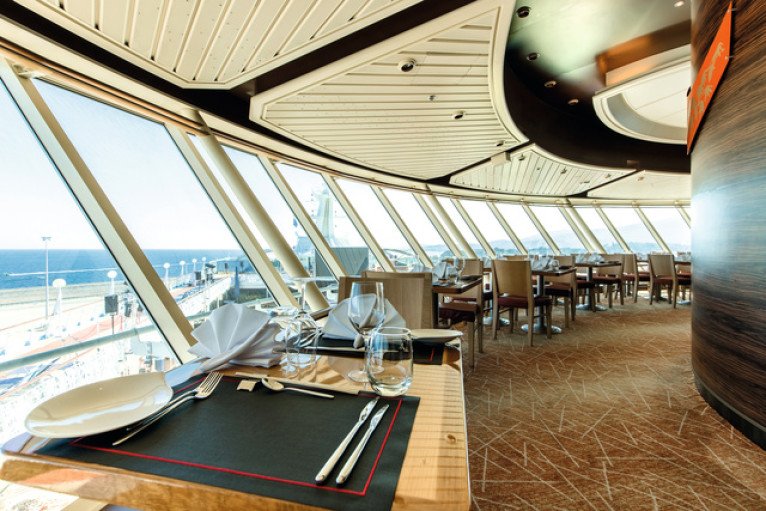
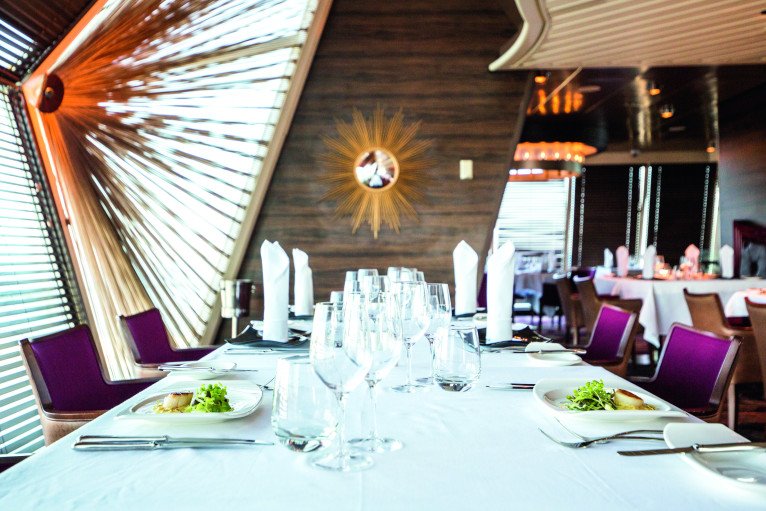


Islands
Big buffet spreads are laid out in this restaurant, with show-cooking stations on-hand to offer things like breakfast omelettes, and carvery roasts in the evening. You can grab snacks in between meals, too.
Fast Facts:- Buffet Restaurant
- Themed Dinners
- Included
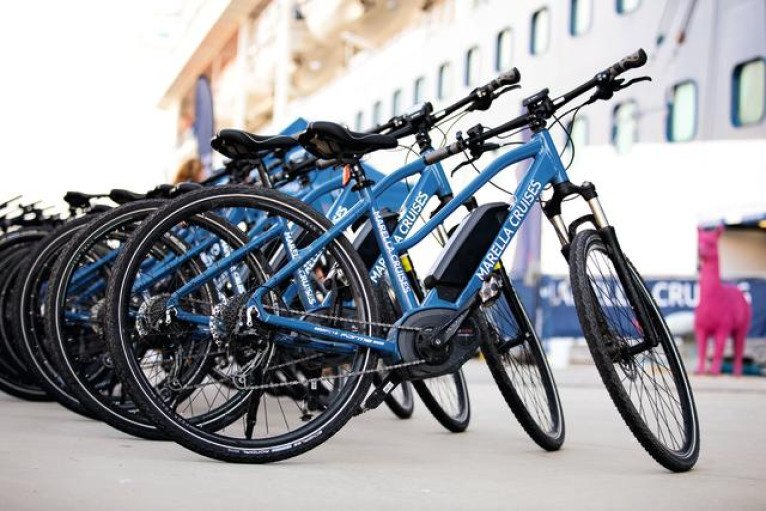


Bike Tours
For a different way of exploring a port of call, try one of our e-bike tours
This way, you can really get to know a destination and see the places that bus tours can't reach. You'll be led around by a guide, who'll give you the lowdown on all the sights.
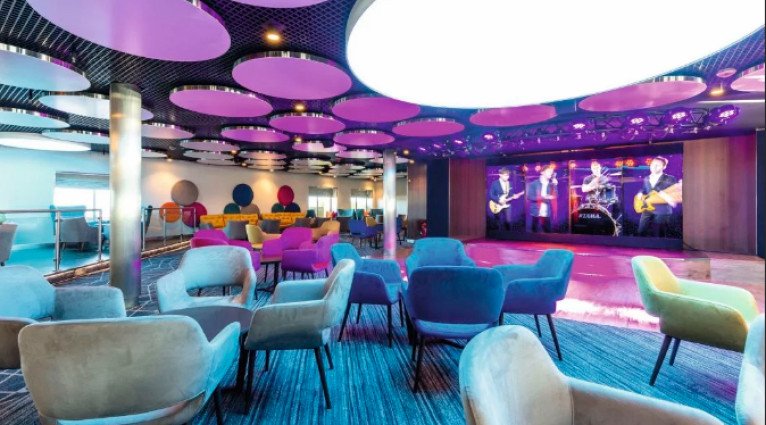
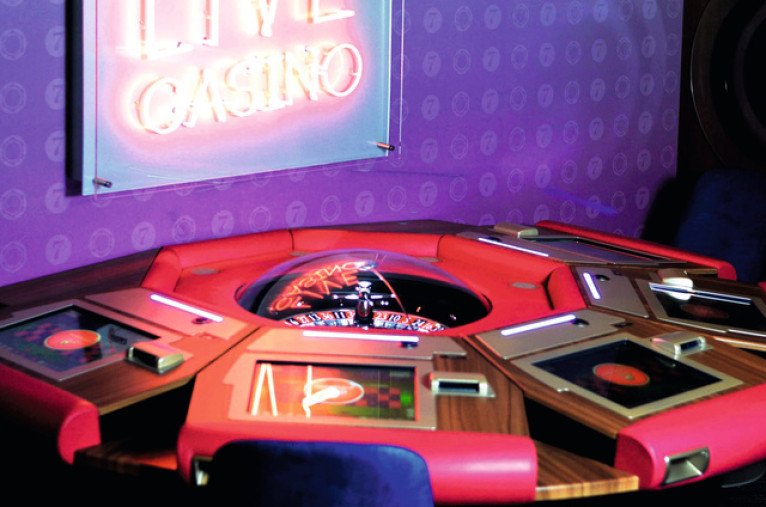

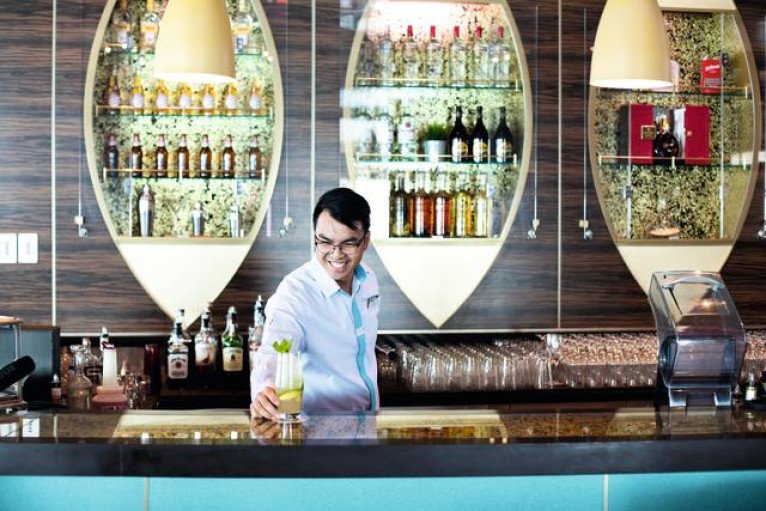
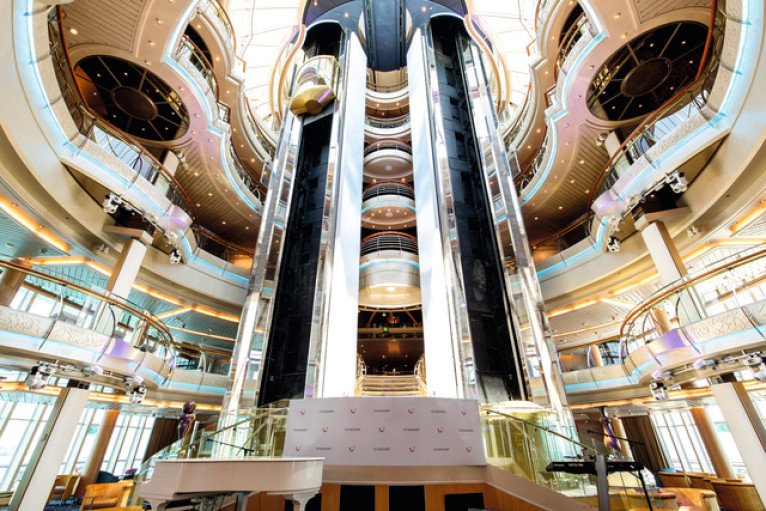
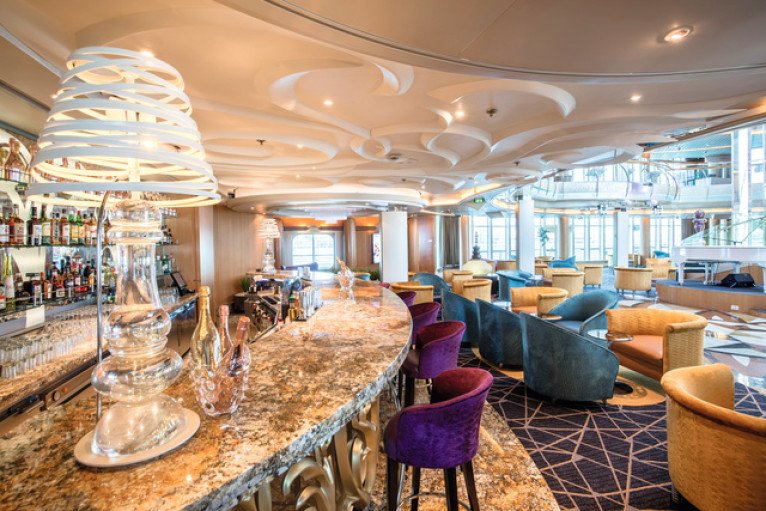
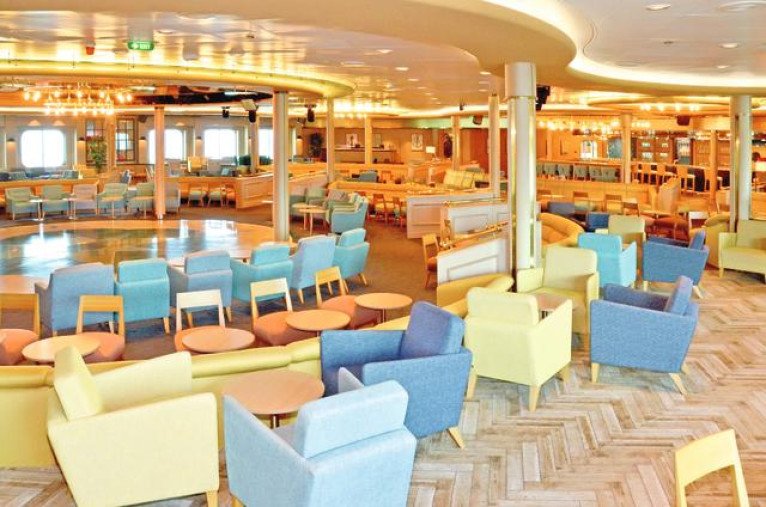

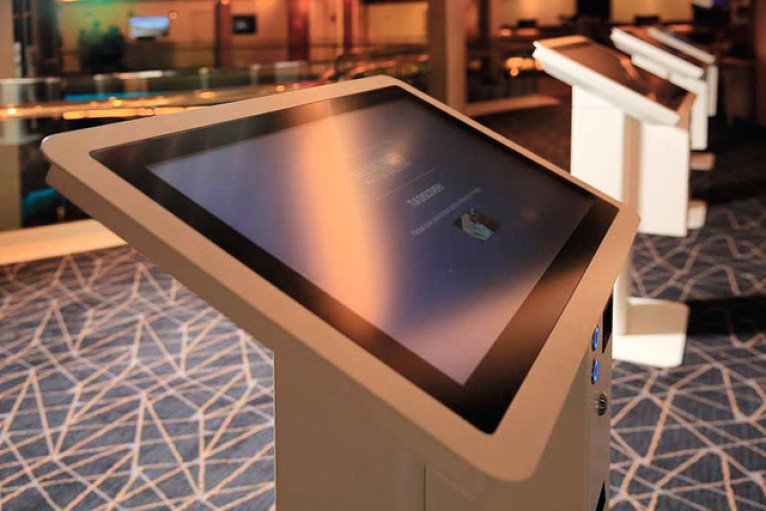
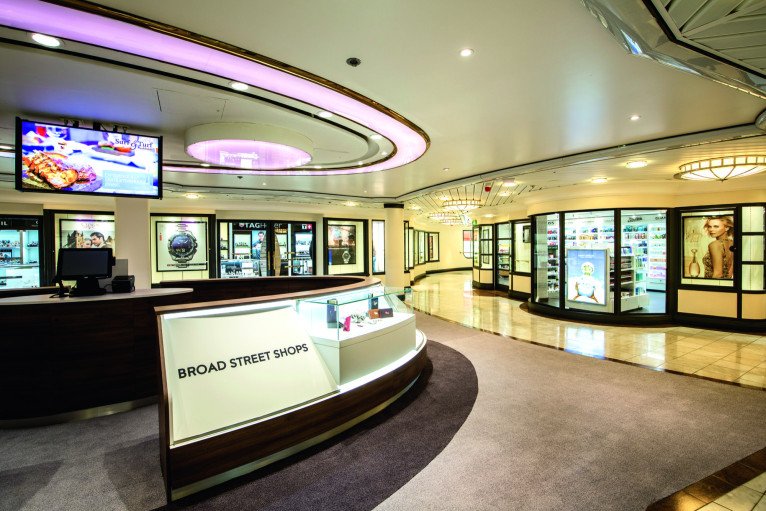

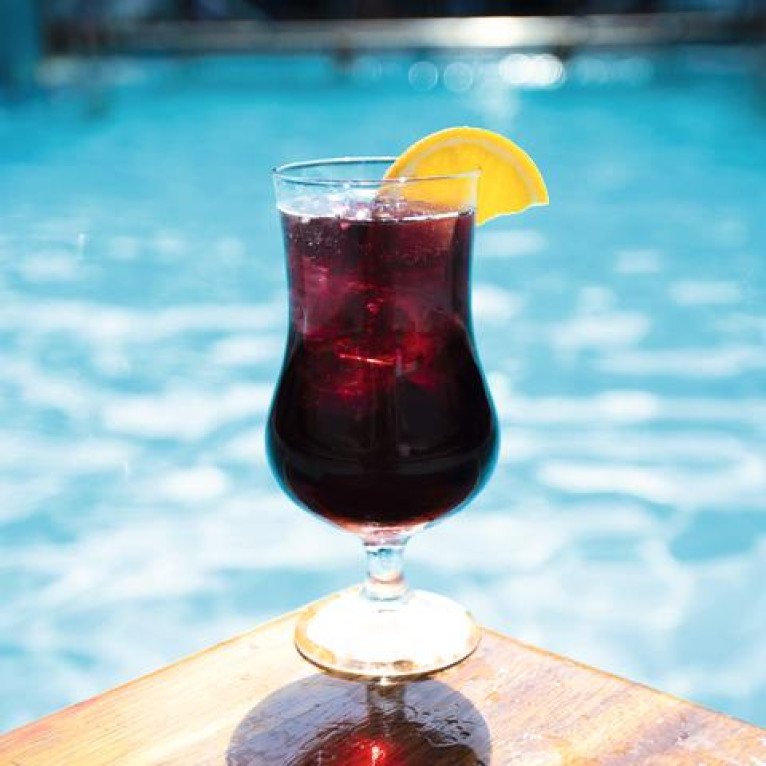
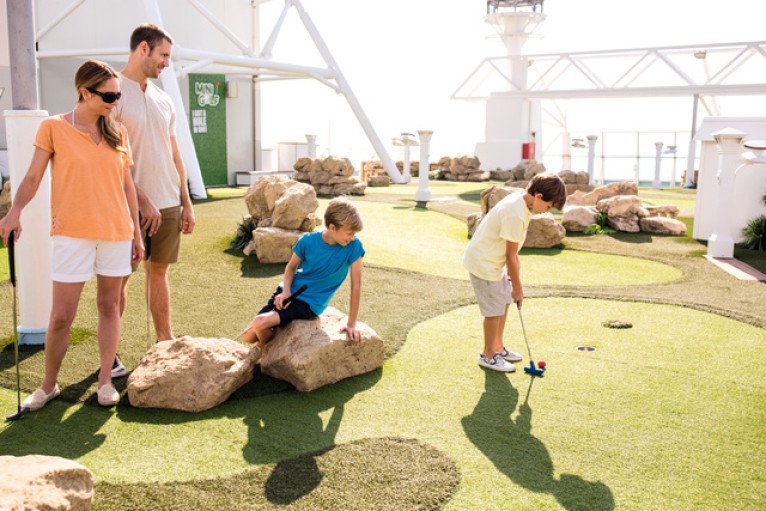



Live Room
Marella Discovery’s flagship watering hole is our most spacious and modern yet, and houses our biggest selection of on-tap beers. Expect the atmosphere to build pace as the hours draw in – evenings might start with the sounds of our signature yellow piano, and end with the sounds of dancefloor classics.
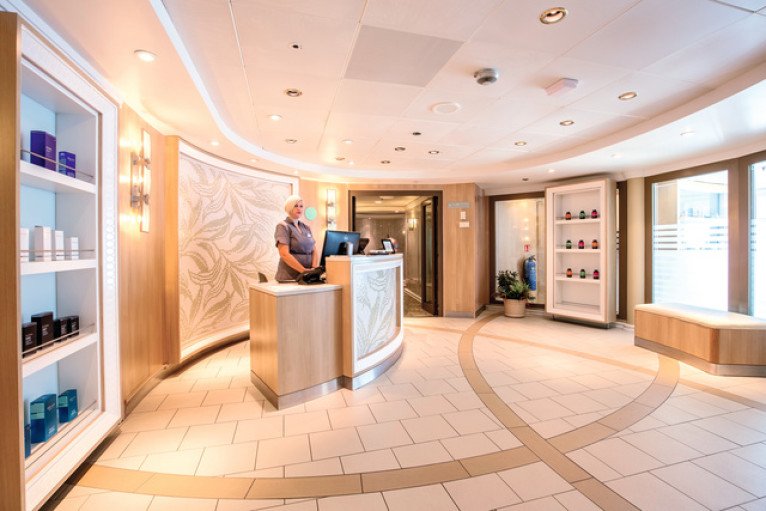
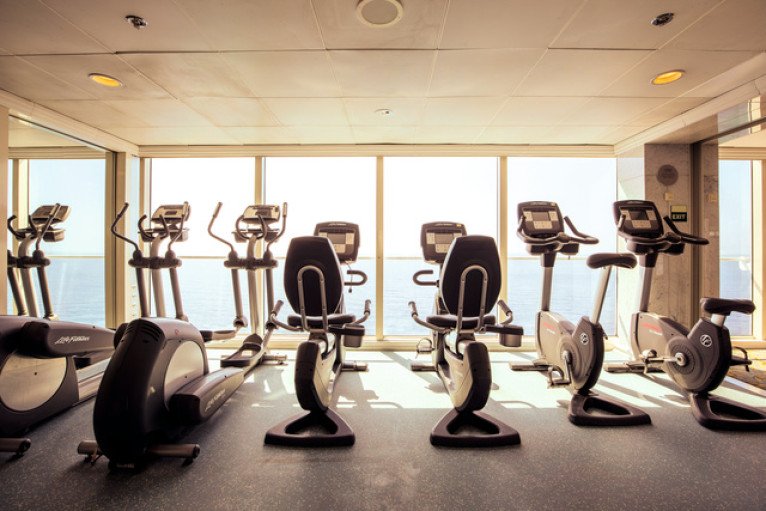

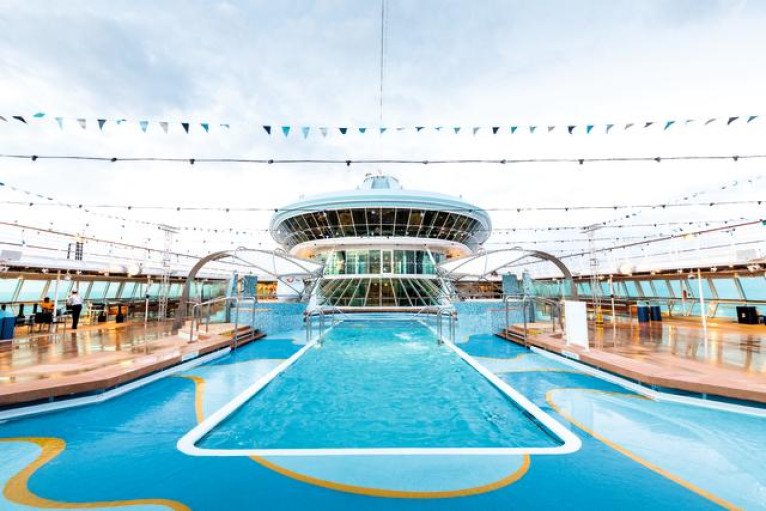
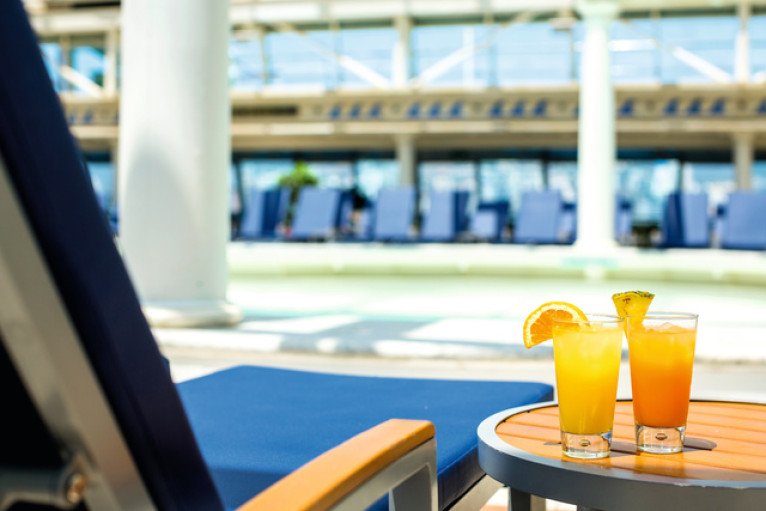

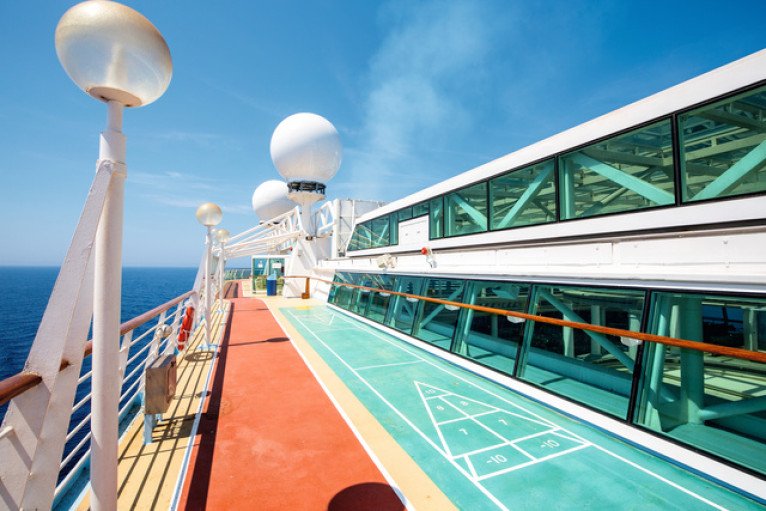
Oceans Spa & Beauty Salon
If you fancy getting glammed up for the weekly Dress to Impress night, pop in to the salon for a manicure or hair up-do. Alternatively, spoil yourself in the spa – it’s got a string of treatment cabins where you can indulge in a full-body massage or a rejuvenating facial. Just so you know, all treatments are chargeable.
Fast Facts:- Hair & Beauty Salon
- Wide Range of Treatments Available
- Chargeable


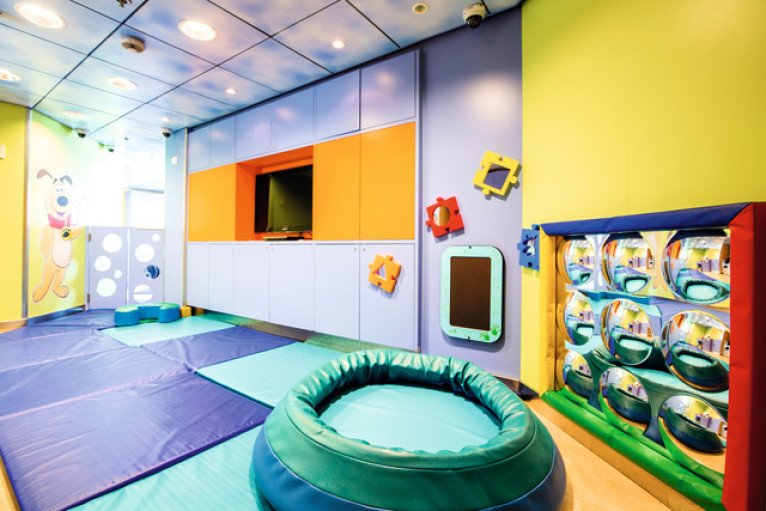

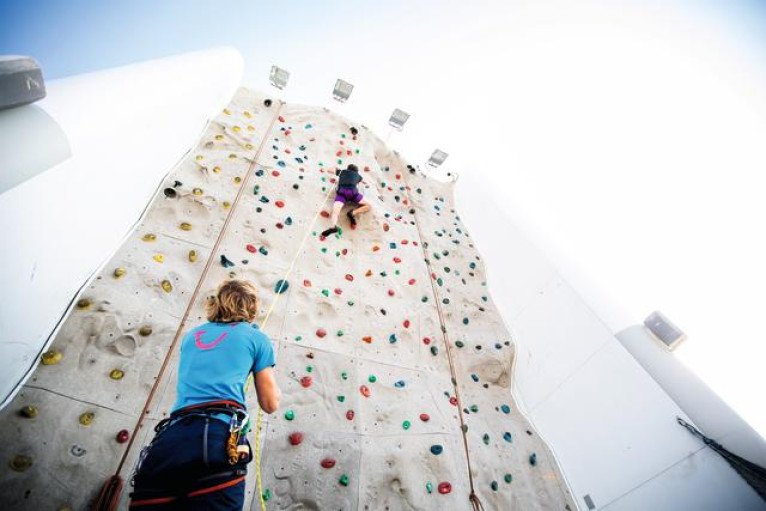
Hideout
Teens get their very own karaoke booth at this hangout spot, which is conveniently located by Gamer Zone.
Deck 11

- Kora La
- Sushi Bar
- Bar Eleven
- Surf and Turf Steakhouse
Deck 10

- The Wall
- Minigolf
- Jogging Track
- Deck Bar
- Baby Centre
- Gamer Zone
- M Club
- Hideout
- Observatory Deck
Deck 9

- The Veranda
- Oceans Spa & Beauty Salon
- Oceans Gym
- The Glass House
- Indoor Pool
- Snack Shack
- Whirlpools
- Main Pool
- Movies by Moonlight
- Deck Bar
- Islands
Deck 8

- Royal Suite
- Executive Suites
- Family Suites
- Family Junior Suite
- Grand Suites
- Junior Suites
- Deluxe Cabins
- Inside Plus Cabins
- Inside Cabins
Deck 7

- Deluxe Cabins
- Deluxe Balcony Cabins
- Inside Plus Cabins
- Adapted Inside Cabins
- Inside Cabins
Deck 6

- The Coffee Port
- Balcony Cabin
- Deluxe Balcony Cabins
- Inside Cabins
Deck 5

- Gallery 47°
- Destination Services
- Photo Gallery
- Reception
- Broad Street Shops
- Squid and Anchor
Deck 4

- Broadway Show Lounge
- 47°
- Atrium
- Atrium Bar
- Live Room
- Live Casino
Deck 3

- Outside Cabins
- Single Outside Cabins
- Inside Cabins
- Single Inside Cabins
Deck 2

- Outside Cabins
- Inside Cabins
- Adapted Inside Cabin
- Single Outside Cabin
Marella Discovery Cabins & Suites



Inside Plus Cabin



Deluxe Cabin


Deluxe Balcony Cabin








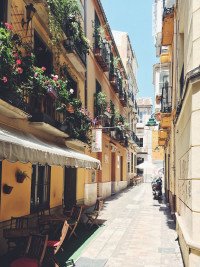



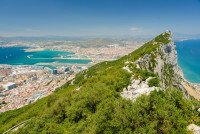
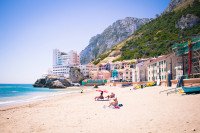


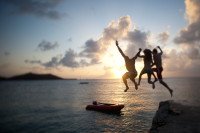
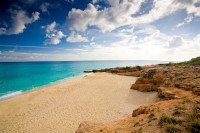
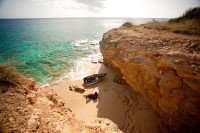
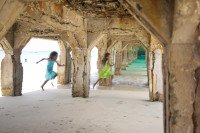
-custom_banner-thumb.jpg)



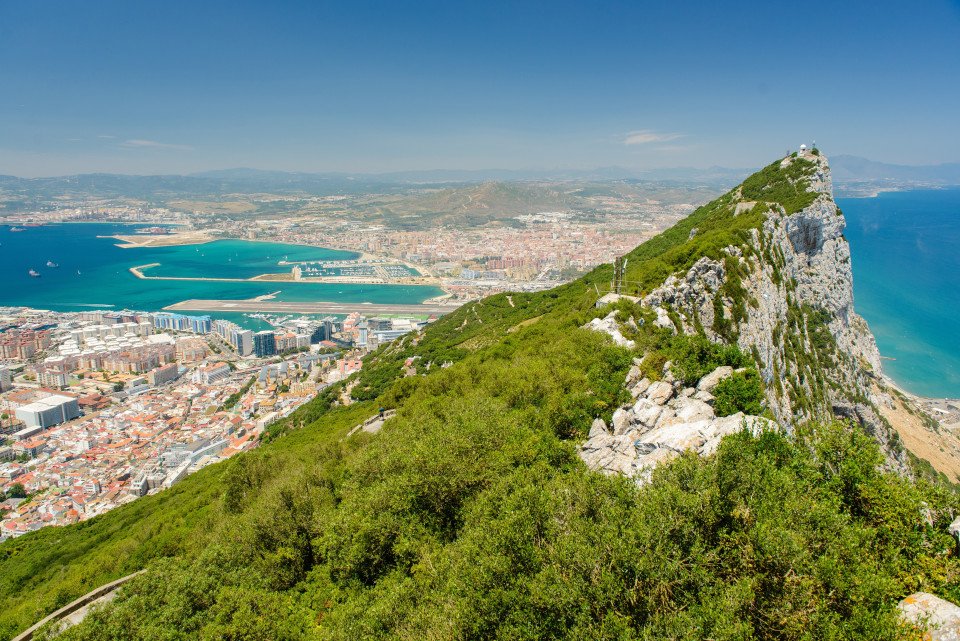
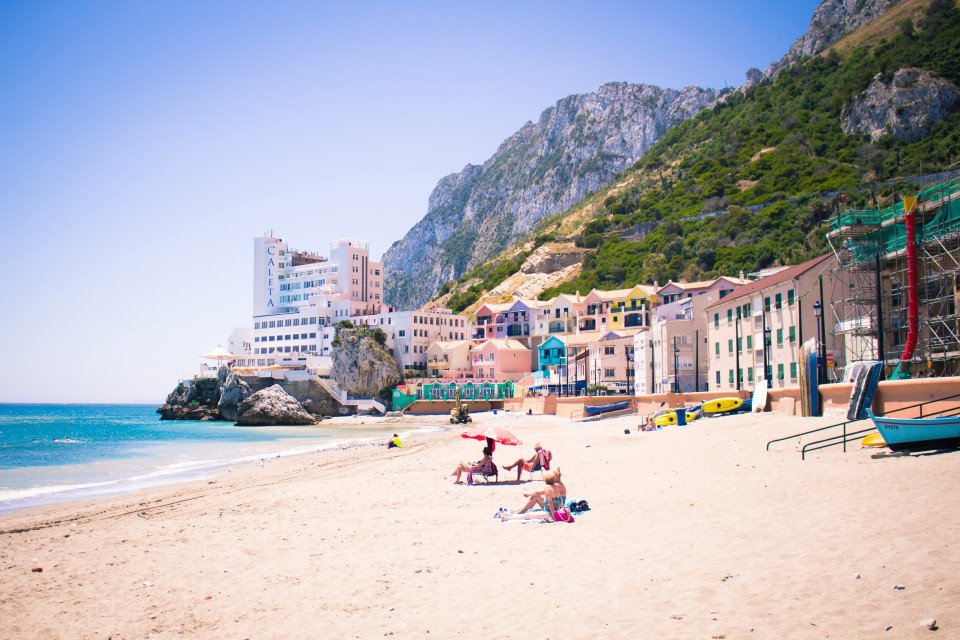

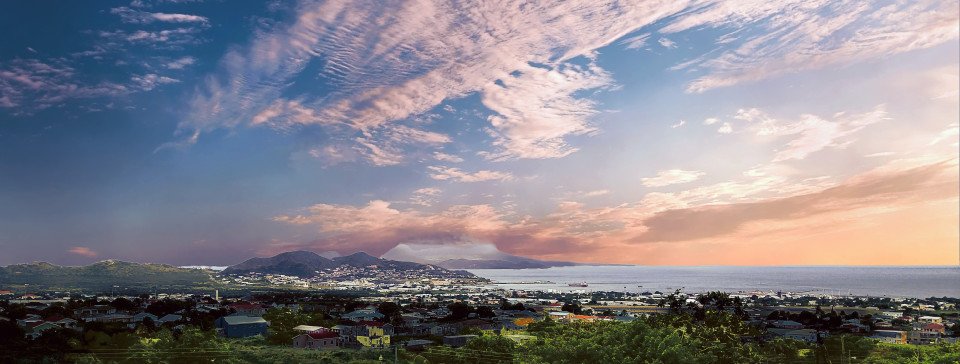
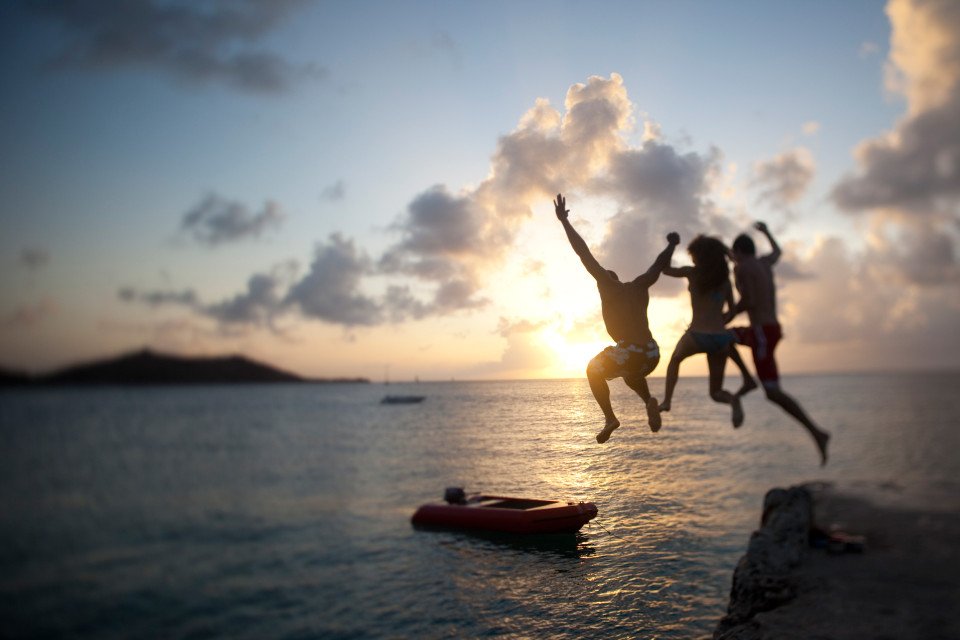

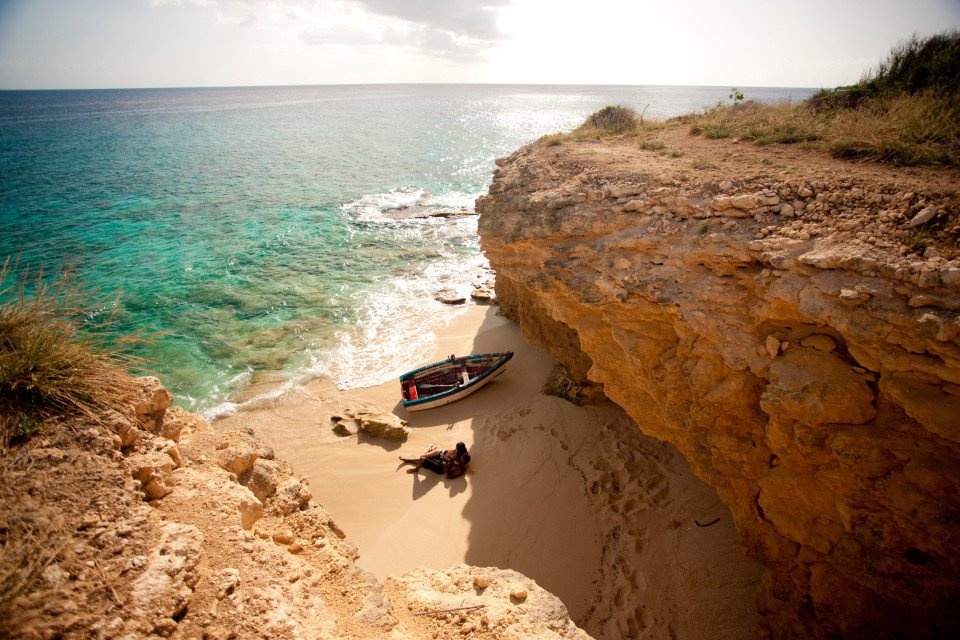
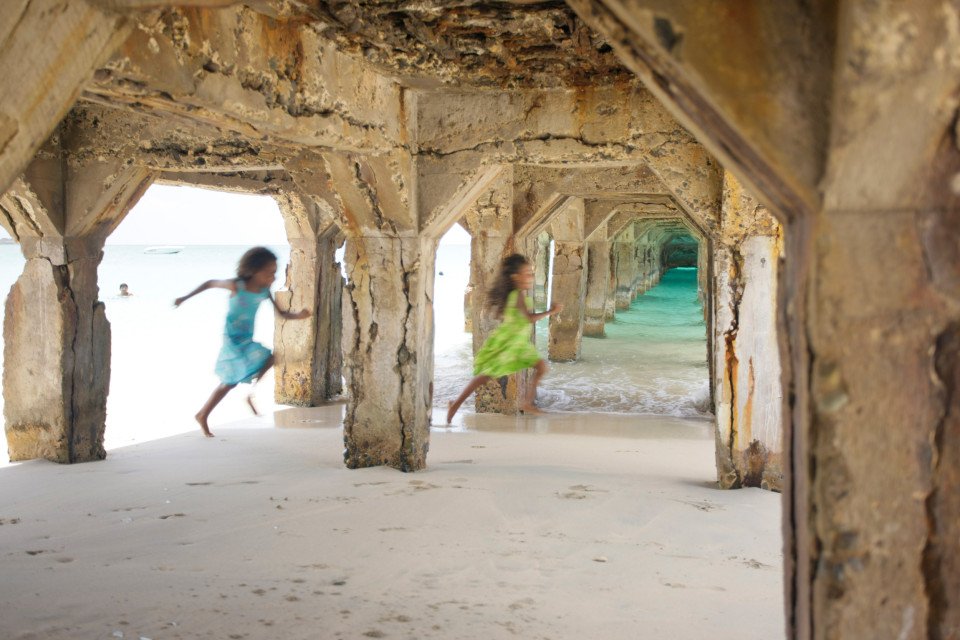
-custom_banner-banner_half.jpg)

















-large_thumb.jpg)









